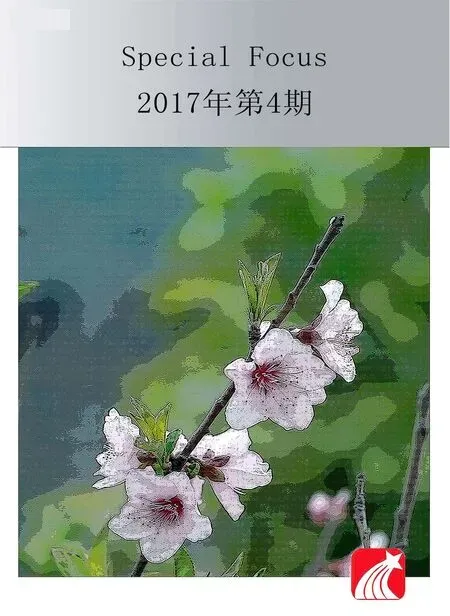第七章:百年辉煌,万里茶道
2017-07-03
第七章:百年辉煌,万里茶道
Chapter 7: Tea Road of Ten Thousand Miles, Glory of A Hundred Years
万里茶道,商旅不绝。大漠荒野,绵绵黄沙与天际相接,一眼望不到尽头。高鼻凹眼的西域商人,精神饱满;驮着茶砖的一峰峰骆驼,像连绵起伏的高山,沿途飘荡着悠悠驼铃声……
自张骞通西域以后,中国和中亚及欧洲的商业往来迅速增加。在这条绵延万里的茶道上,各国商人在这个历史悠久的文明古国大开眼界,满载货物返回故乡。中国茶叶由此走向世界。
这条万里茶道起源于17世纪,是继丝绸之路后,在欧亚大陆兴起的又一条国际商道,全长13000公里,绵延300年,被誉为连通中俄两国的“世纪动脉”。正是这条商道,让中国茶叶誉满全球。
The Tea Road witnessed an unending stream of commerce over centuries of years.
In the scorching desert wilderness and the vast expanse of golden sands, where azure sky meets amber horizons, western traders with sharp angular noses and large sunken eyes come and go, high-spirited and highly ambitious; caravans of humpback camels loaded down with tea bricks plod like an undulating mountain chain; a symphony of huffs and puffs dings and dongs as camel bells pierce the desert air…
Since Zhang Qian envoyed Central Asia, commercial dealings between China, Central Asia and Europe have increased rapidly. Great business minds from every nation have feasted their eyes upon this lengthy stretch of road that laid bare before them China’s ancient civilization and long history, returning to their homelands with their eyes and hearts as fully loaded as the backs of their camels. From this time Chinese tea spread to the four corners of the earth.
The Tea Road originated in the 17th century is the second international trade route across Asia and Europe, parallel to the renowned Silk Road. Stretching out over 13,000 kilometers, it has more than 300 years of history and has been hailed as the “artery” connecting China and Russia. It is precisely because of this trade route that Chinese tea is widely known throughout the world.

▲汉口东洋码头 Hankou Toyo Wharf
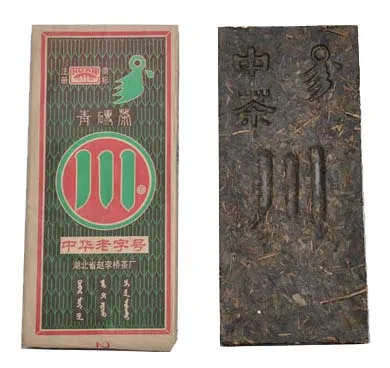

● 宋代诗人苏轼Su Shi, Song Dynasty poet
对此,历史学家、武汉大学教授冯天瑜认为,汉口虽然不是茶叶产地,却是世界最大的茶叶集散地,1861年汉口开埠后,俄商先后在汉口开设砖茶厂,对俄茶叶贸易飙升,繁盛景象一直持续到20世纪初。在当时的中国,没有其他城市可与汉口相媲美,汉口作为“万里茶路”源头当之无愧。
那么,地处高寒的俄国人,为何对中国的砖茶情有独钟?
据史料记载,1638年,俄国驻中国使臣斯达尔可夫归国晋见沙皇,曾从中国带回64公斤茶叶作为厚礼,献给当时新兴的罗曼诺夫王朝。沙皇米海尔·罗曼诺夫品尝后,对这种略带苦涩味道的中国草叶饮料大加赞赏。
“周诗纪苦茶,茗饮出近世。初缘厌粱肉,假此雪昏滞。”宋代苏轼曾在诗中指出,古人最早饮茶大概是为解除油腻。对居住在高寒高纬度地区的肉食民族而言,茶叶既能分解脂肪,又可消除燥热。
位于中高纬度寒带地区,本地人不喝绿茶,喜喝红茶,对进口茶叶有独特的饮用方法。他们用茶刀将茶砖切开,放在炉子上烧煮,然后加糖加奶,借着热气腾腾的红茶,抵抗漫长而严寒的俄罗斯冬天。
喝茶渐渐成为俄国的一种时尚,由上流社会流传到民间。原本贵族才可以拥有的一种生活享受,为俄国普通民众所效仿。
The origin of the Tea Road has always been controversial, some people say it began in Hankou, other claim it originates from Yangloudong in Chibi City, while still others argue it actually started in the Xiamei Village area of Wuyi City in Fujian Province.
Feng Tianyu, a professor and historian at Wuhan University believes that though Hankou is not a teaproducing area, it is in reality the world’s largest tea distribution center. Since Hankou found its beginnings as a commercial port in 1861, Russian businessmen started tea processing plants there, and the tea trade with Russia soared until the early 20th century. No other city in China could boast the tea production levels of Hankou at that time, so Hankou’s title as “the beginning of the Tea Road” is well deserved.
So, why is it that the Russians, who live in an icy cold area, are fond of Chinese tea?
According to historical records, in 1638, when the Russian emissary Starkov stationed in China returned for an audience with the Czar, he carried 64 kilograms of tea as a gift to the newly established Romanov Empire. After taking a sip, Czar Mikhail Fyodorovich Romanov heaped praise upon this slightly acerbic Chinese herbal beverage.
Song Dynasty poet Su Shi once pointed out in his poem that, the bitter tea drink had come into people’s lives since as early as the Zhou Dynasty (1046–256 BC) as recorded in the poetry of the time. The possible reason why the ancients drank tea was that it broke down fat and cleared the throat after a meal with fatty meat. For those residing in cold, high-elevated areas, tea consumption not just helps to break down fat, but also to eliminate internal heat.
Russia is located in a medium to high latitude frigid zone; locals prefer black tea to green tea and have a unique recipe for making imported tea. They cut brick tea up with a knife; roast it in the oven, then add sugar and milk. Drinking hot black tea helps them to fight off the freezing cold of Russia’s long, drab winters.
Gradually, drinking tea came into vogue in Russia, spreading from high society to the commoners. The ordinary people began imitating this little luxury, which originally only belonged to the nobles and the aristocracy.
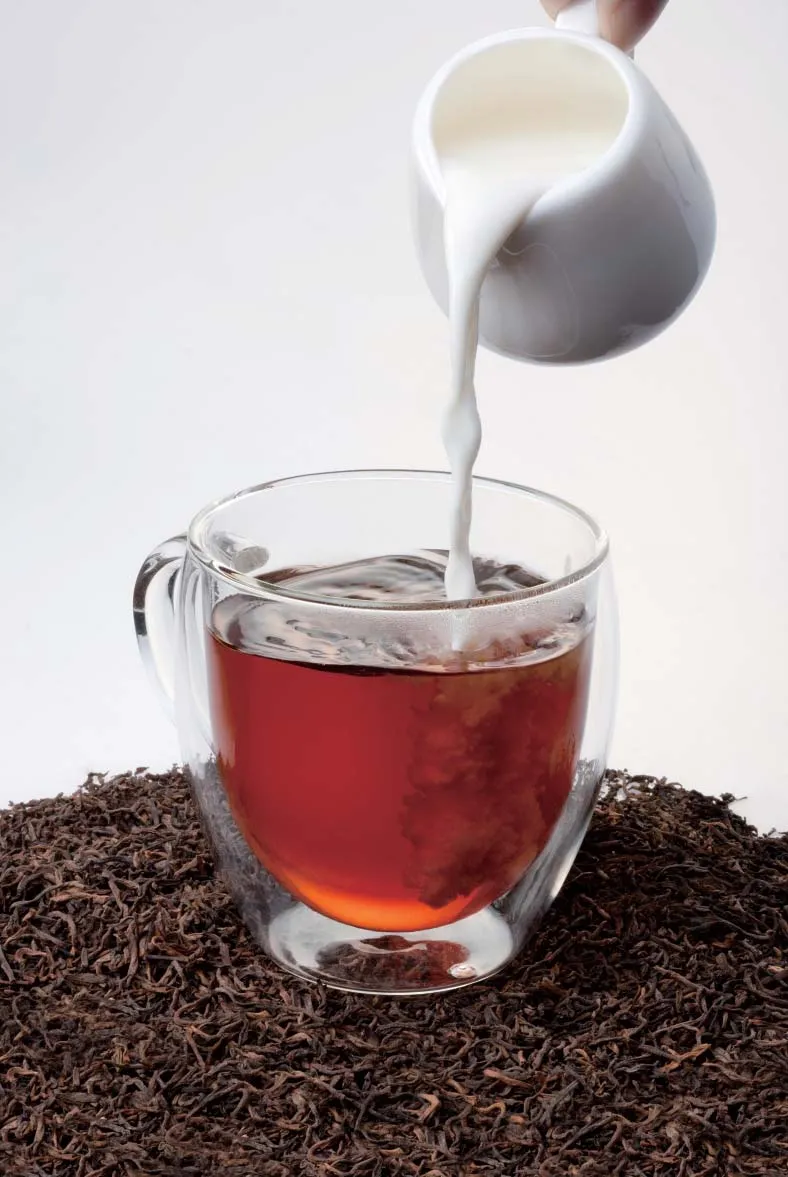
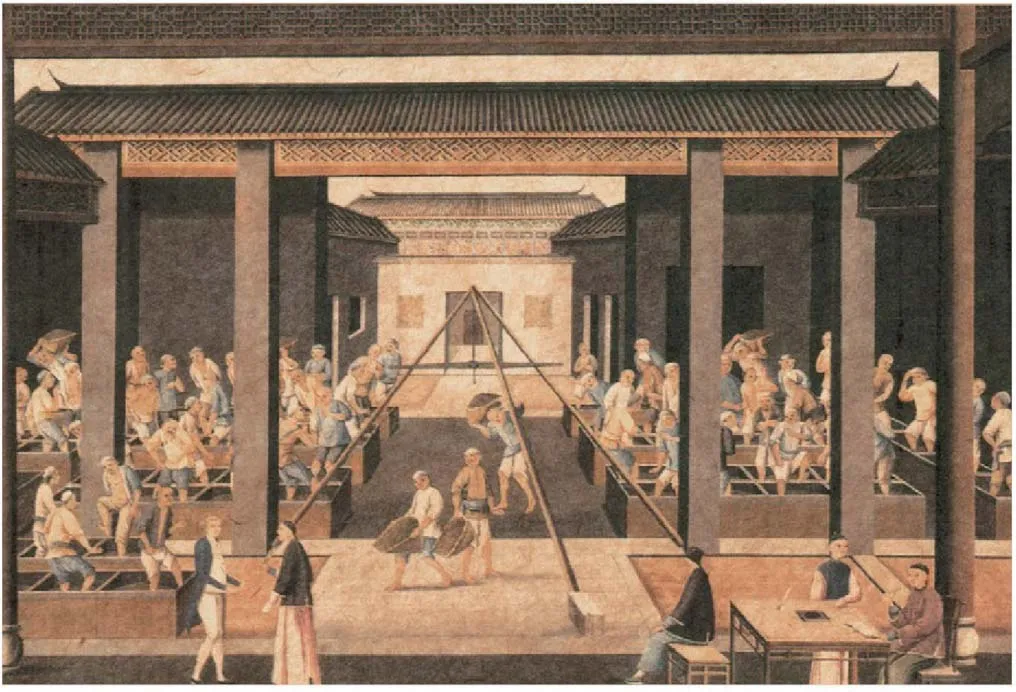
▲恰克图茶叶交易场面 The Tea Market in Kyakhta, a border city

▲伊林博物馆展现茶叶之路 The Tea Road exhibited at Yilin Station Museum
到18世纪,中国砖茶在俄国乃至整个欧洲,培养了固定而庞大的消费群,尤其是西伯利亚以肉奶为食的游牧民族,到了“宁可一日不食,不可一日无茶”的地步,茶叶的需求量激增。
在俄边境城市恰克图,一块砖茶可以换一只羊。丰厚的茶叶贸易利润刺激了大批俄商,他们不远万里来中国,经营由中国销往俄国的长途茶叶贸易。
1689年,中俄签订《尼布楚条约》,中俄开始长期贸易。“彼以皮来,我以茶往。”自此,由张家口经蒙古、西伯利亚至俄国,贩运茶、丝为主商品的俄国商队日趋活跃,茶叶输出量不断增加。
二三百头骆驼组成的商队,满载用来交换茶叶的毛皮,艰难跋涉于厄斯克·卡亚克塔边境线。返回莫斯科时,由于每头骆驼须装载四箱茶叶(大约270千克),因而行程非常缓慢,茶叶从中国南方产茶区种植者到达俄罗斯消费者手中,需要16~18个月。为了方便长途贩运,茶商将制好的红茶茶叶,经过蒸压,形成体积更小、且不易受潮的小块茶砖。
By the 18th century, Chinese brick tea had a large and dedicated group of consumers in Russia and even the whole of Europe. The nomads of Siberia, whose staple foods were meat and milk, in particular, even got to the point that they “would rather go a day without food, than go a day without tea.” Demand for tea in Russia soared.
In the Russian border town of Kyakhta, a single brick tea could be exchanged for a whole sheep. The sheer profitability of tea spurred herds of Russian traders to venture out on the 13,000-kilometer long trek to China, in order to market Chinese tea to Russia.
In 1689, China and Russia signed the Treaty of Nerchinsk and long-term trade began to unfold. Since then, from Zhangjiakou to Mongolia, Siberia to Russia; Russian caravans selling tea and silks became more active, while tea output increased steadily.
Trade caravans traversed the border of Kyakhta with two or three hundred camels loaded to the hilt with pelts that they planned to exchange for tea. Their travel was slow and the camels plodded along as every animal was carrying four crates of tea, weighing approximately 270 kilograms. Carrying the tea from the growers in South China to consumers in Russia generally took anywhere from 16 to 18 months. In order to transport the tea easily and protect it from dampness, the tea dealers autoclaved the black tea into smaller bricks that wouldn’t be affected by the moisture.
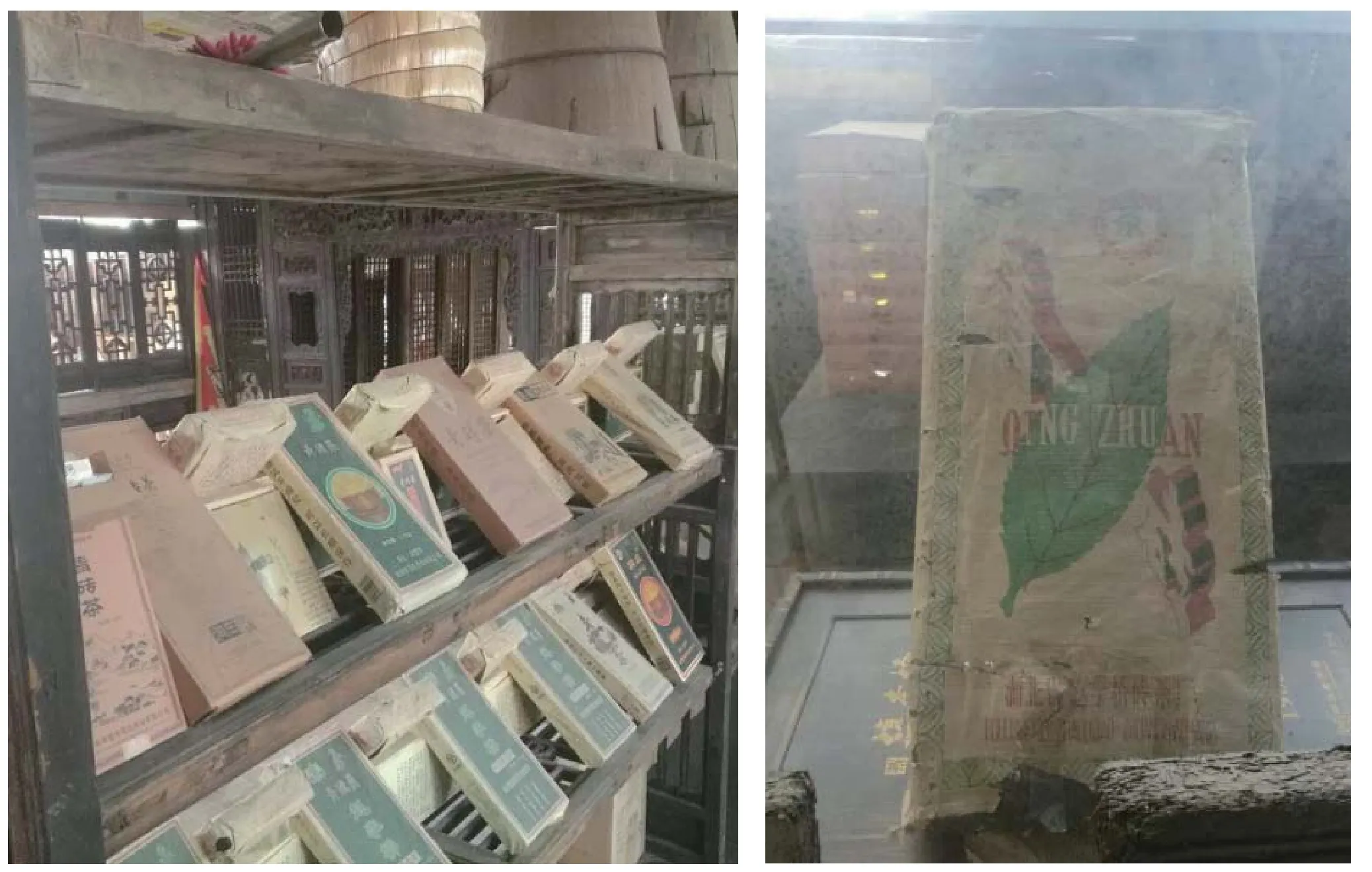
▲砖茶 Brick Tea

▲纵贯大漠,功不可没的驼队 The caravans in the endless desert
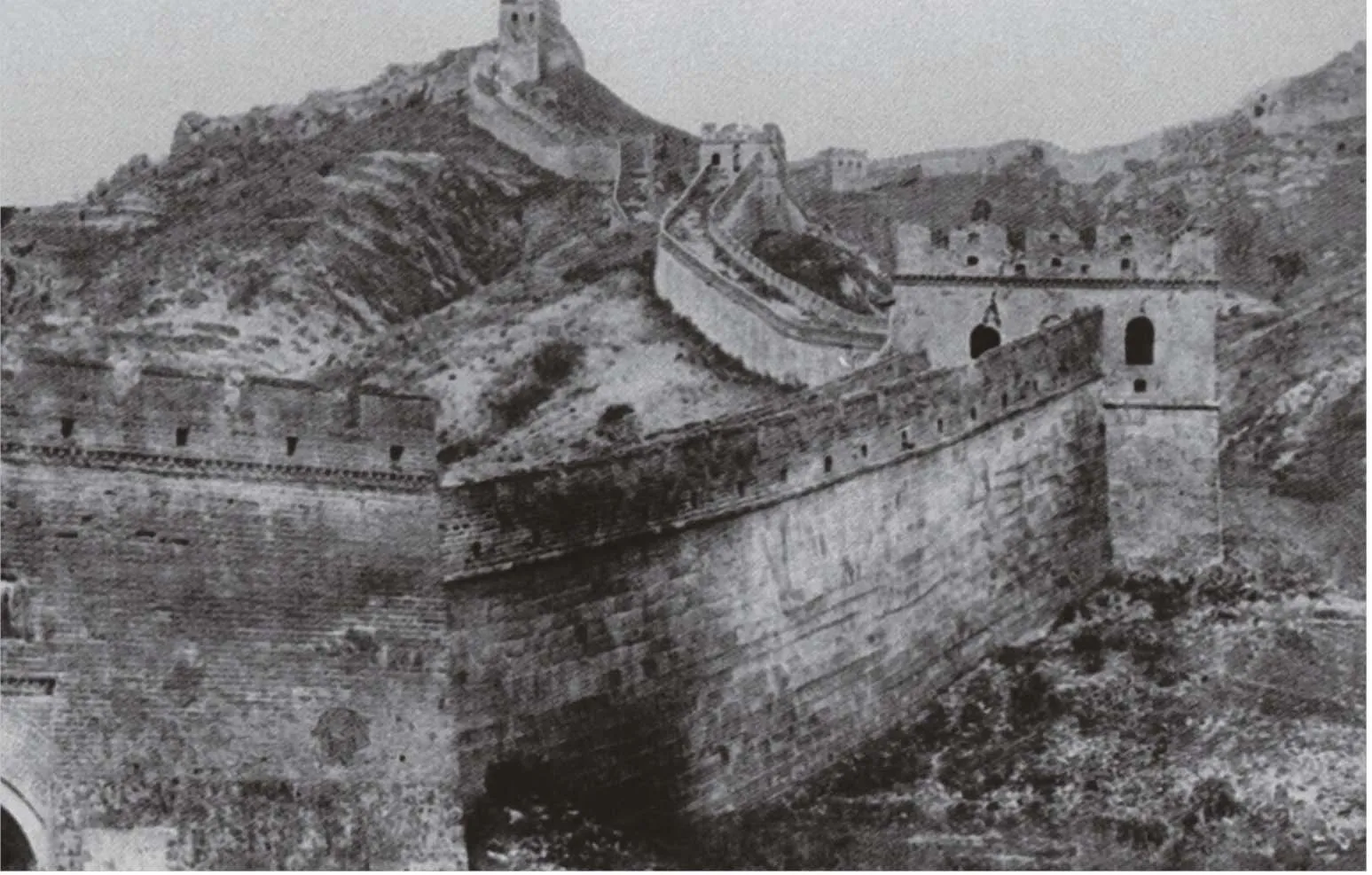
▲张家口——茶叶路上新兴的贸易之城 Zhang Jiakou, a booming business town on the Tea Road

▲库伦——茶叶路上重要的商业中心 Kulun, the business center on the Tea Road

▲行进在万里茶道中的“小骆驼祥子” “Little Camel” trudging on the Tea Road

据资料显示:光绪十三年(1887年),茶叶由产茶地运抵汉口,经加工再向外运出,每一担茶价加上加工运输费总共不过六到七两银子的成本,但是在彼得堡每担茶砖可以卖到260卢布,其间的贸易差额之大令人难以相信。
如此商业暴利,自然可以驱使俄国人远离家乡,忍受亚热带地区的高温酷暑,成为汉口常住居民,开始万里茶道商途的开拓。
至20世纪初,中国茶叶垄断世界茶叶市场的86%,汉口输出的茶叶占国内茶叶出口总量60%。直到1905年,随着西伯利亚大铁路建成通车,由汉口输往俄罗斯的茶叶线路发生改变;十月革命的隆隆炮声,也让俄商在汉口的茶叶生意日渐萧条。
至此,这条熙熙攘攘长达两个多世纪的万里茶道走向衰落。但,中俄两国人民并没有将它遗忘。
2014年10月25日,“万里茶道”中俄两国沿线城市市长、代表共同签署《中俄万里茶道申请世界文化遗产武汉共识》。截至2016年1月,沿线部分城市已完成遗产点普查,武汉市倡议,力争万里茶道申遗2017年纳入国家申请预备名单。
与丝绸之路相比,万里茶道已不仅仅是一条东西商贸和文化交融之路,它在向欧洲输出中国农业文明时,也将西方的工业文明带入中国腹地,加快了这个东方文明古国进入现代化工业时代的进程。
岁月悠悠,过客匆匆。万里茶道,一直吸引着世界各地人们的目光。过去,她吸引商旅们用长途的艰辛换取报偿;如今,她沉淀的历史韵味亦让人神往。
(部分图片由武汉黄鹤楼茶叶有限公司提供)
According to statistics, around the 13th year of Guangxu’s reign (1887), tea was shipped from the tea producing regions to Hankou for processing and from there shipped out to other areas, and the cost of tea per dan (50 kilograms) plus processing and delivery was only 6 or 7 taels of silver, while the selling price was 260 rubles in Saint Petersburg—an unbelievable trade imbalance.
High profits drove Russians to leave their hometown, bear the hot summers in subtropical areas, and even become permanent residents of Hankou in order to develop their business along the Tea Road.
From the beginning of the 20th century, when Chinese tea monopolized 86% of world tea market, domestic exports from Hankou accounted for 60% of the total trade volume, until the year 1905, when the Siberian railway opened, great changes took place that affected the tea route from Hankou to Russia. The October Revolution later also threw the tea business into chaos and recession.
At this point, the long and crowded tea road that had lasted for more than two centuries was in decline, but the Chinese and Russian people alike will never forget its legacy.
On October 25th 2014, representatives of the mayors of the Chinese and Russian cities running along the “Tea Road” signed the “Wuhan Sino-Russo Tea Road World Heritage Consensus.” As of January 2016, the cities running along the Tea Road had finished their general site surveys and Wuhan is advocating and contending strongly for its inclusion on the tentative national list of Tea Road world heritage sites.
The Tea Road is comparable to the Silk Road, but unparalleled in others, as the Tea Road is not simply a way by which trade and cultural communion between the East and West takes place, but in exporting Chinese agrarian civilization to Europe. Western industrial civilization was brought into China’s interior, which hastened the transformation of the great ancient Eastern civilization that is China into a modern industrial power.
Time and tide have waited for no man, many a foot has traversed these long and winding paths. The Sino-Russo Tea Road has been drawing the fascination of the world for generations. In the past, it attracted men of commerce, as those who made the long and arduous journey across it were rewarded handsomely with a profitable exchange. But now, the deep and lasting appeal is the long and fascinating history behind it that draws the gaze of people all over the world.
(Part of the photos herein courtesy of Wuhan Yellow Crane Tower Tea Co., Ltd.)
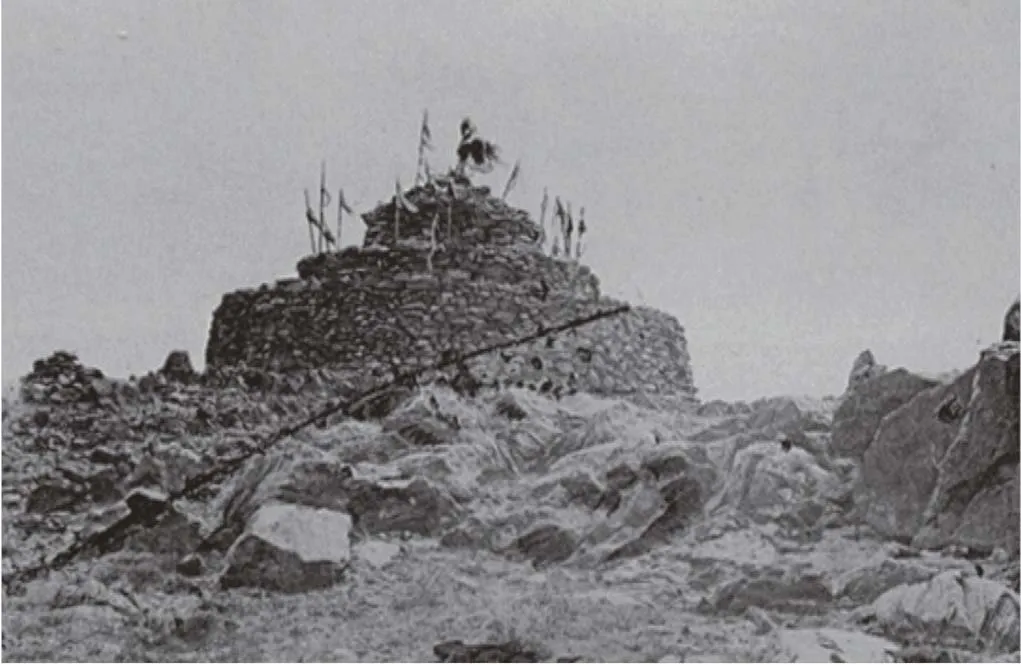
▲蒙古包见证艰辛的茶叶之路 The Mongolian yurt, witness of the arduous Tea Road

▲唐河——茶叶路上重要的一环 Tanghe, an important chain on the Tea Road
